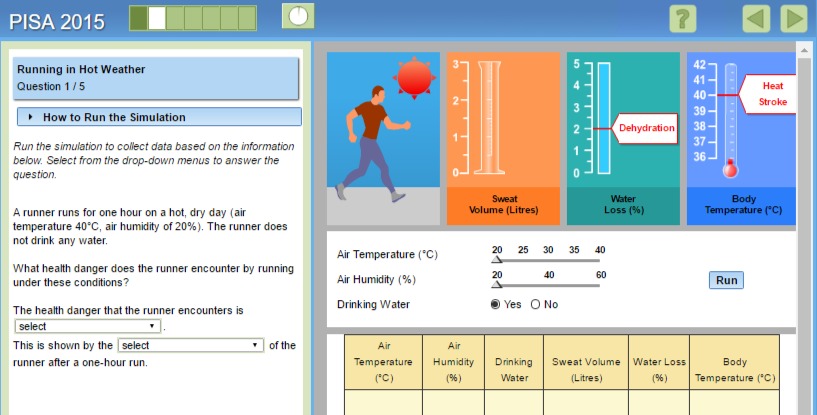Surprise, surprise — on the back of last week's announcement that we came in 1st out of 57 countries in a science and math test, we find that we are up tops again in another one, which also includes a reading component.
It's almost becoming a non-story. But just for the sake of letting you know, the test, called the Program for International Student Assessment (PISA for short), is conducted by the Organisation for Economic Cooperation and Development (OECD), and is done every three years.
Our 15-year-olds performed best out of 72 participating education systems in its 2015 edition, promptly overtaking the students from Shanghai, who held the number 1 spot in all three categories (Science, Math, Reading) in 2012.
Also, this is our third time participating in this test, with a total of 6,115 students from Secondary 3 and 4, randomly selected from all 168 secondary schools and 9 private schools, without any preparation beforehand.
Now here come the questions — try them and check against the answers at the bottom of this article to see your score:
You can also attempt the questions in their original interactive format here.
#1 - 5: Running in hot weather
1.
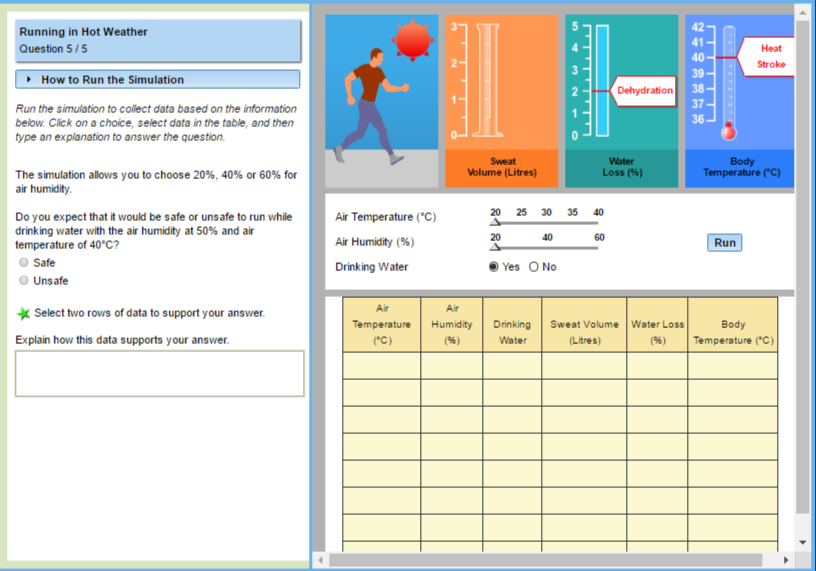 Screenshot via OECD's PISA website
Screenshot via OECD's PISA website
2.
 Screenshot via OECD's PISA website
Screenshot via OECD's PISA website
3.
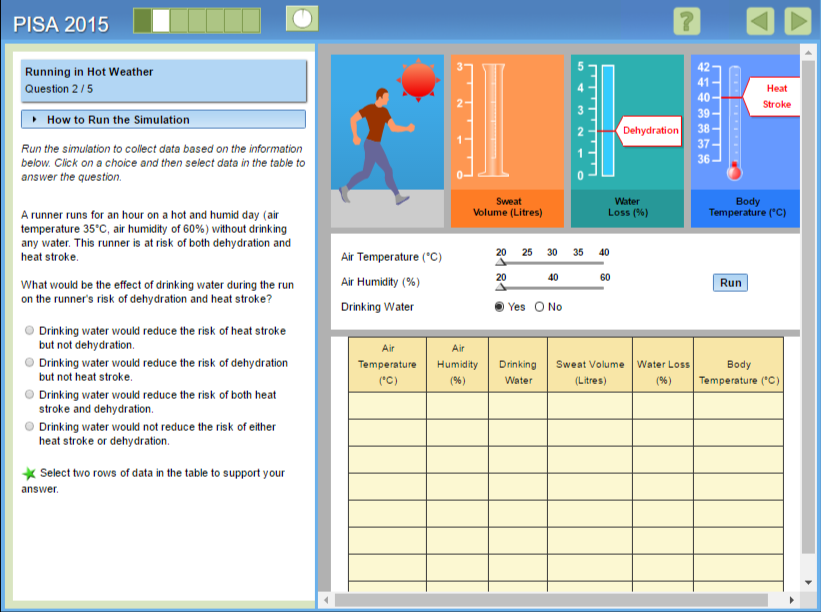 Screenshot via OECD's PISA website
Screenshot via OECD's PISA website
4.
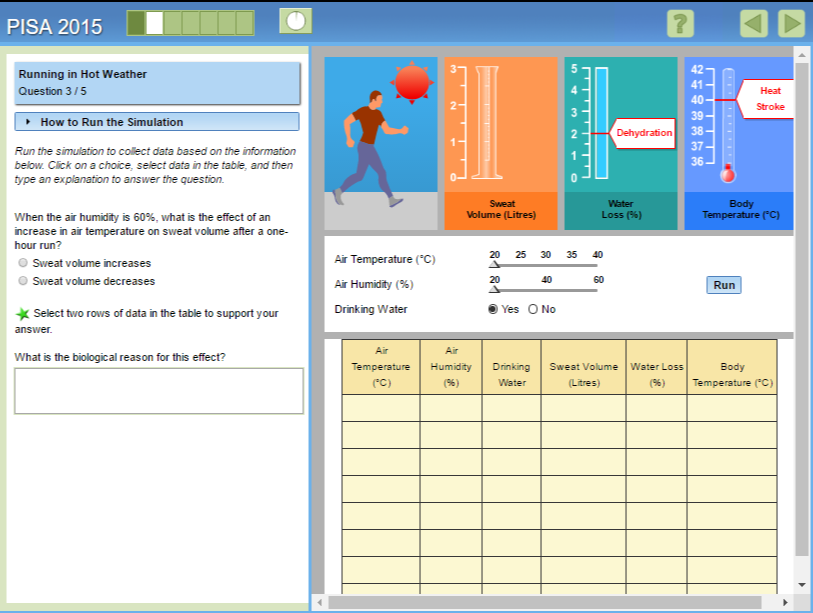 Screenshot via OECD's PISA website
Screenshot via OECD's PISA website
5.
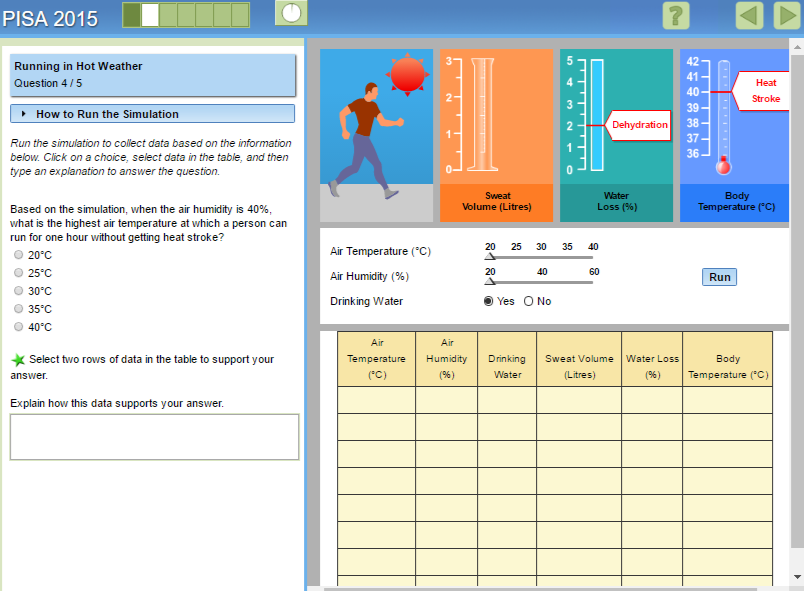 Screenshot via OECD's PISA website
Screenshot via OECD's PISA website
#6: The hot air balloon
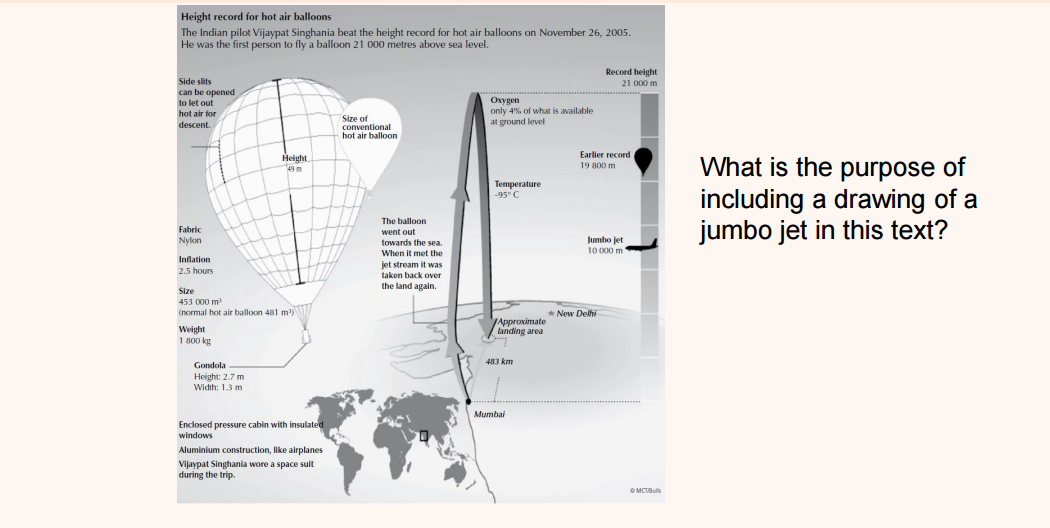 Source : OECD's Program for International Student Assessment (PISA) 2009
Source : OECD's Program for International Student Assessment (PISA) 2009
#7: The hike
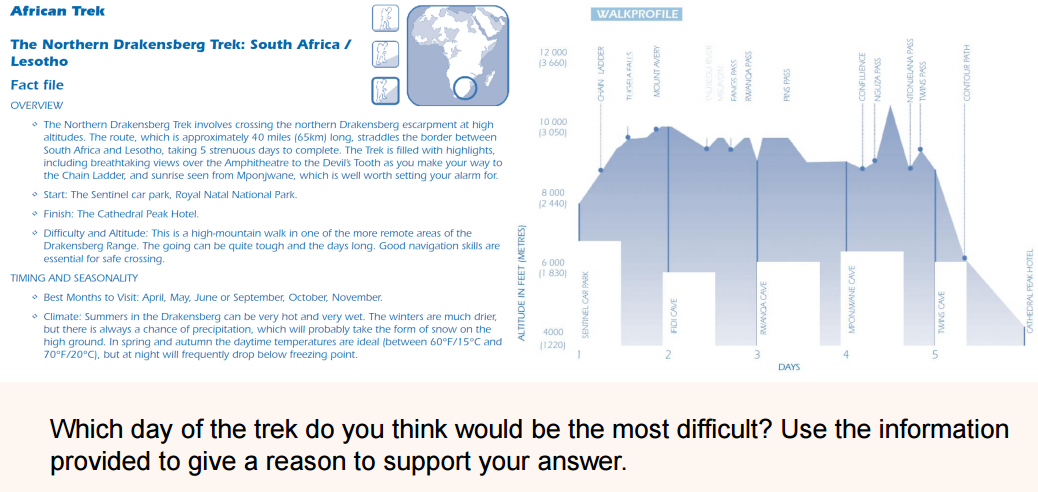 Source : OECD's Program for International Student Assessment (PISA) 2009
Source : OECD's Program for International Student Assessment (PISA) 2009
#8 - 9: Math questions
8.
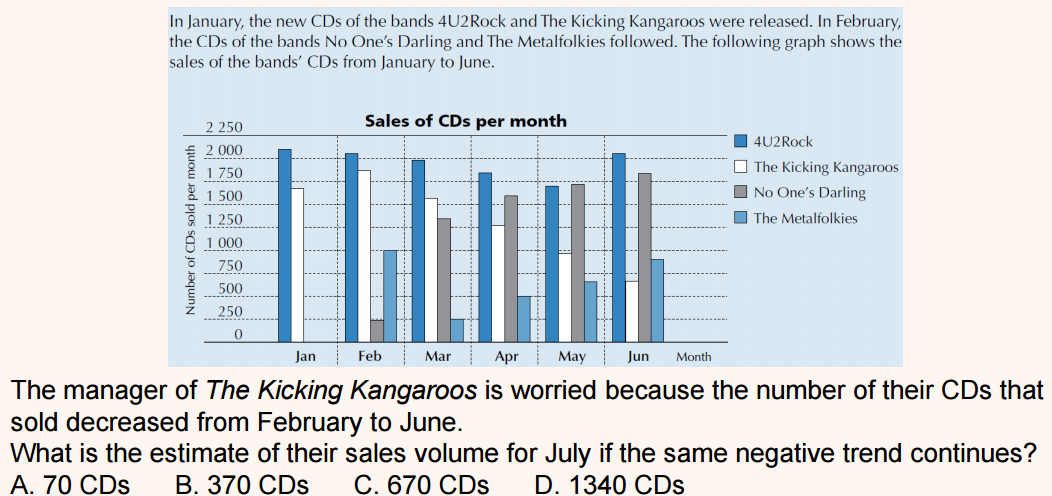 Source : OECD's Program for International Student Assessment (PISA) 2012
Source : OECD's Program for International Student Assessment (PISA) 2012
9.
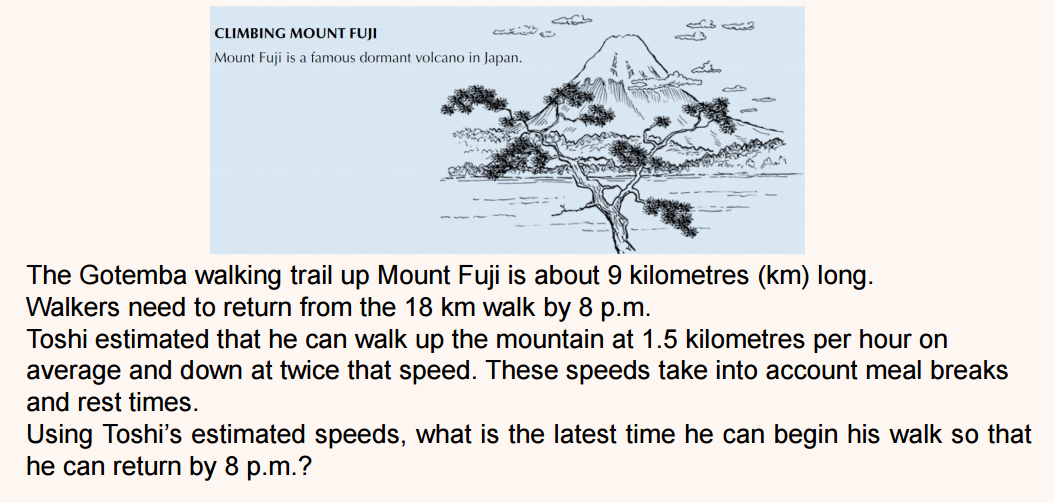 Source : OECD's Program for International Student Assessment (PISA) 2012
Source : OECD's Program for International Student Assessment (PISA) 2012
Check out how other countries fared in the PISA:
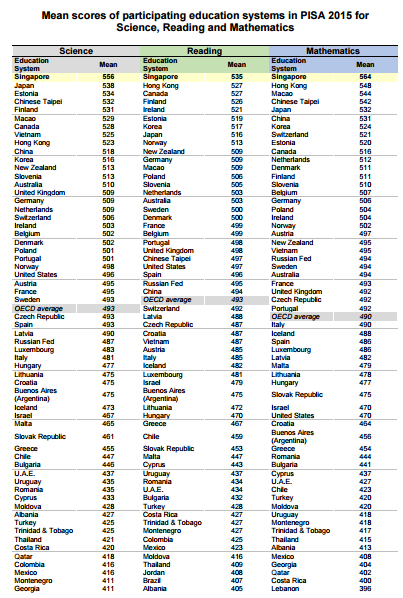
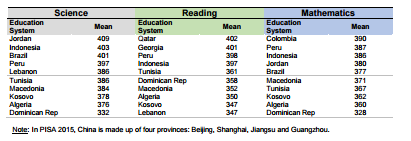 Source : OECD's Program for International Student Assessment (PISA)
Source : OECD's Program for International Student Assessment (PISA)
Suggested Answers:
1) Dehydration/ Water loss
2) Drinking water would reduce the risk of dehydration but not heat stroke
3) Sweat volume increases/Sweat evaporates to cool the body when temperatures are high
4) 35c / With a humidity at 40%, 35c is the highest air temperature that is safe from heat stroke since moving the air temperature up from 35c to 40c puts the runner into heatstroke.
5) Unsafe, with the runner suffering from heat stroke at both 40% and 60% humidity, there is a risk of heat stroke at 50% humidity in the same conditions
6. To show how high the balloon went/ how impressive his record was, going higher than a jumbo jet.
7. Can be any day from day 1 - 5, so long there's a plausible explanation.
E.g. Day 1 : It's consistently uphill; Day 2 : Going up, down and up again is more tiring than going up consistently or going down consistently; Day 3 : There is a peak which looks tough; Day 4 : There is a tough peak to climb; Day 5 : It is consistently downhill.
8. B
9. 11am
Top image via OECD's Program for International Student Assessment (PISA) website
If you like what you read, follow us on Facebook and Twitter to get the latest updates.
If you like what you read, follow us on Facebook, Instagram, Twitter and Telegram to get the latest updates.
